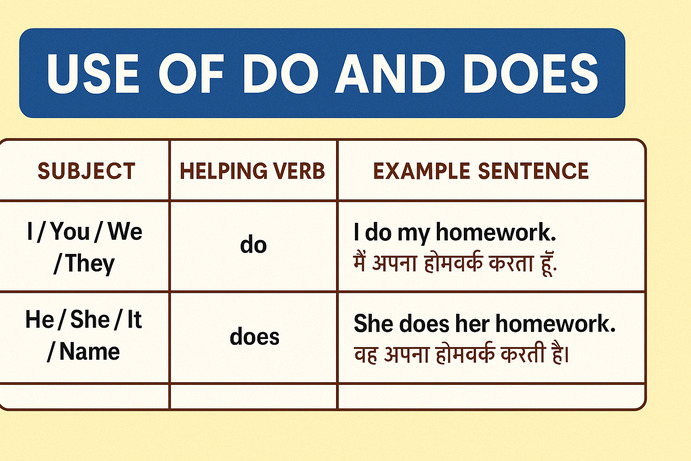Introduction
For many non-native speakers, speaking English fluently is a coveted skill that opens doors to professional opportunities, global connections, and personal growth. Despite years of studying English in school, many struggle to express themselves confidently in conversation. The challenge often lies in limited exposure to real-world English and a fear of making mistakes. The good news? Fluency is achievable with the right strategies. In this blog post, we’ll explore six proven steps to help you speak fluently in English, drawing on research-backed methods and practical tips to boost your communication skills.
1. Immerse Yourself in English Content
One of the most effective ways to improve your spoken English is through immersion. Research suggests that surrounding yourself with a language accelerates learning by exposing you to its natural rhythm, vocabulary, and cultural nuances (EF Education First). By switching the language of your daily media—movies, TV shows, podcasts, music, or social media—to English, you can enhance your listening skills and pick up conversational phrases.
For beginners, start with accessible content like children’s shows or cartoons, which use simple vocabulary and clear pronunciation. As you gain confidence, explore more complex materials like news broadcasts or podcasts on topics you enjoy, such as fitness or personal growth. This gradual progression helps you adapt to different accents and speaking styles.
Tips for Effective Immersion
- Choose engaging content: Watch shows or listen to podcasts that align with your interests to stay motivated.
- Use subtitles initially: English subtitles can help you connect spoken words to their written forms.
- Repeat phrases: Mimic phrases or sentences you hear to practice pronunciation and intonation.
2. Practice Speaking Through Imitation and Summarization
Speaking is a skill that improves with practice, and one of the best ways to start is by imitating native speakers. After watching a short English video or listening to a podcast, try summarizing the content in your own words. Recording yourself during this exercise allows you to track your progress and build confidence in a low-pressure environment.
A 2009 study by Hamzah and Ting found that group-based speaking activities, such as discussions, significantly improved students’ fluency by providing a safe space to practice (ResearchGate). If group practice isn’t available, self-recording serves a similar purpose. Over time, you’ll notice improvements in your fluency and comfort level.
Practical Exercises
- Summarize content: After watching a 5-minute video, record a 1-2 minute summary in English.
- Describe objects: Pick an item in your room and describe it in English for 2 minutes.
- Track progress: Review your recordings weekly to monitor improvements in pronunciation and confidence.
3. Journal in English to Think in English
To speak fluently, you need to think in English rather than translating from your native language. Journaling is a powerful tool to achieve this. By writing about your day, thoughts, or interests in English, you train your brain to process ideas directly in the language. This reduces the mental effort required to speak, making conversations feel more natural.
Start with short entries, such as a few sentences about your day, and gradually increase the length. The goal is not perfection but clarity of thought. Over time, journaling helps you articulate ideas more fluidly in spoken English.
Journaling Tips
- Write daily: Spend 5-10 minutes each evening journaling in English.
- Focus on expression: Don’t worry about grammar initially; prioritize getting your thoughts down.
- Reflect on progress: Revisit older entries to see how your writing and thinking have evolved.
4. Focus on Grammar and Sentence Structure
While vocabulary is important, a strong grasp of grammar and sentence structure is crucial for clear communication. Reading books, articles, or blogs in English exposes you to well-constructed sentences, helping you internalize proper grammar subconsciously. Books are particularly valuable, as they undergo rigorous editing to ensure clarity and accuracy.
Tools like the Hemingway Editor can help refine your writing by highlighting complex sentences or grammatical errors. Additionally, modern technology like Automatic Speech Recognition (ASR) tools can provide real-time feedback on pronunciation, making it easier to correct mistakes (Taylor & Francis). Combining these resources can significantly enhance your fluency.
Grammar Improvement Strategies
- Read regularly: Choose novels, articles, or blogs in English to study sentence structure.
- Use editing tools: Paste your journal entries into the Hemingway Editor to identify areas for improvement.
- Practice pronunciation: Use ASR apps to refine your accent and speaking clarity.
5. Overcome Fear and Ego
Fear of making mistakes or appearing foolish is a common barrier to speaking English fluently. However, mistakes are a natural part of learning, even for native speakers. Embracing errors as learning opportunities can reduce anxiety and encourage you to speak more freely.
Ego can also hinder progress, as the desire to sound perfect may prevent you from practicing. Remind yourself that fluency is a skill, not a measure of intelligence. By letting go of perfectionism, you’ll feel more relaxed and confident in conversations.
Overcoming Mental Barriers
- Accept mistakes: View errors as stepping stones to improvement.
- Take feedback positively: If someone corrects you, use it as a chance to learn.
- Practice privately: Start speaking in low-stakes settings, like recording yourself or talking to friends.
6. Train Your Brain to Think in English
Fluency requires thinking in English without translating from your native language. To achieve this, practice thinking in English throughout the day. For example, describe your surroundings, narrate your actions, or think aloud in English. These small habits help make English your default language for thought.
Another effective method is to make English your “background score.” Play English songs, podcasts, or audiobooks while doing routine tasks like cooking or cleaning. Even passive exposure reinforces language patterns and vocabulary, as your brain absorbs the language subconsciously.
Thinking in English Techniques
- Narrate your day: Describe what you’re doing in English, e.g., “I’m preparing coffee now.”
- Think aloud: Verbalize your thoughts in English when alone to build familiarity.
- Use background media: Play English content during daily chores to reinforce learning.
Frequently Asked Questions (FAQs)
Fluency varies by individual, but with consistent practice, you may see significant improvement in a few months. Regular exposure and practice are key.
While grammar helps, focusing on communication and exposure can improve fluency even if your grammar isn’t perfect initially. Grammar improves with practice.
Practice alone by speaking to yourself, recording your voice, or joining online language exchange platforms. Apps like Tandem or HelloTalk can connect you with conversation partners.
Yes, watching English content exposes you to natural speech patterns, pronunciation, and vocabulary, making it easier to speak fluently over time.
Set small, achievable goals, track your progress (e.g., through recordings), and consume content you enjoy to keep the process fun and engaging.
Conclusion
Becoming fluent in English is a journey that requires dedication, practice, and patience. By immersing yourself in English content, practicing speaking through imitation, journaling to think in English, focusing on grammar, overcoming fear and ego, and training your brain to think in English, you can make significant strides toward fluency. Start with small steps, stay consistent, and celebrate your progress along the way.
For more language learning tips, explore our related articles: [Internal link to “Top 10 English Learning Apps”] and [Internal link to “Common English Phrases for Everyday Conversation”]. If you’re looking for additional resources, consider watching tutorials or joining online communities to practice with others.







